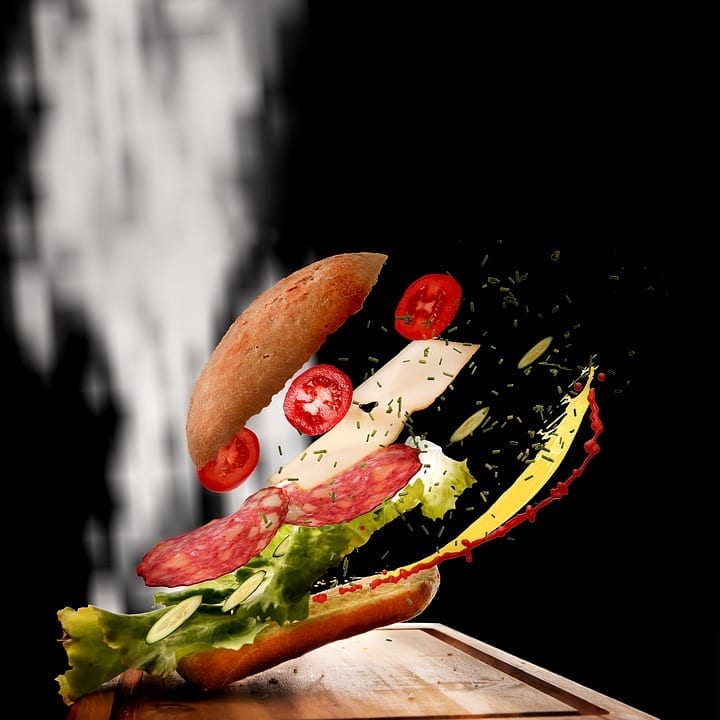Platanos is the Spanish word for Bananas. The Bananas originated in China, then found their way to Guinea, Africa. In the 15th Century they were located in the Canary Islands. In l855 the French Consul to the Canaries, Sabin Berthelot cultivated the Cavendish Banana as we know it today. The Cavendish Banana is smaller and sweeter than other Bananas.
Bananas together with the export of Cochineal dye which is made from the ground up Cochineal Scale Insects (Datylopius Coccus) boosted the Canary Islands economy. Unfortunately, today the Canary Islands are struggling to retain this old culture, having to compete with Bananas grown cheaper and more economically in places such as South America.
Cultivation of the Banana
The ground for cultivating the Banana has to be well prepared starting by digging deep down to reach a base of drainage rock, then finer gravel is added to be topped by good fertile soil. Bananas do not like wind, hence the protecting wall and netting seen around all the banana plantations.
Bananas require more water than any other plant on the island. The water is first filtered, then by computer nutrients are meticulously added and distributed each and every night to the plant. Banana plants need constant attention unlike other fruits.
Bananas are not trees but the largest bulbous plant known to man, the banana reproduces without pollination, both male and female flowers grow on the same stem. The first flower appears a year after planting, it grows into a huge deep purple tulip-shaped pod, inside which the bananas grow. The pod hangs down and each row of bananas is segregated by a layer of petals, which are removed by hand to allow sunlight to the fruit.
The flower pods slowly turn upwards to the sunlight, displaying the bananas inside as the petals curl back.. After 2-3 months the flower (male) is cut away.
After seven months before they have chance to ripen, the green bananas are cut down by hand and carried on the shoulders of the workers to be washed, disinfected and packed for export. The main stem has now served it?s purpose and is cut down and left to rot as compost for the next generation.
These offsprings are visited by a Banana Specialist who decides which of the offsprings should be left to grow and which ones must be removed, to allow room for the others to grow big and strong. These Specialists are few and far between, and are very much in demand by the owners of the plantations.
Approximately 90% of the Cavendish Bananas are exported to Spain, 30% of all the plantations on Tenerife can be found in the sheltered valleys of La Oratava.
When one considers the dedicated care this fruit needs and it?s versatile use in many recipes, not to mention it?s nutritional value, let us hope the Canary Islands continue to grow their Platanos for many years to come.




Be the first to comment on "Go bananas"